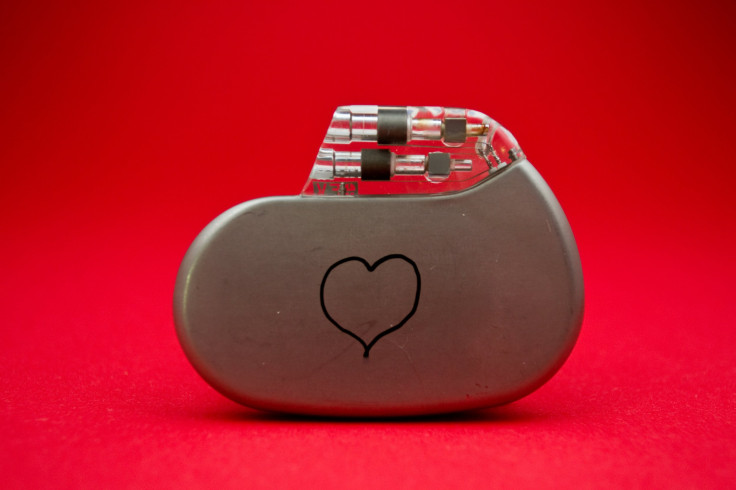Researchers Develop Pacemaker Without Batteries, Powered By Electrical Energy From Movement

Recently, researchers from Stanford University developed a new form of wireless power transfer that would make it possible to implant cardiac pacemakers without bulky batteries. Another team of researchers from the Korea Advanced Institute of Science and Technology (KAIST) have been working on a similar goal — designing a pacemaker that is self-powered by electrical energy in the body.
Currently, batteries in implants are bulky and can cause complications. People with battery-powered pacemakers often require follow-up surgery every seven years in order to change the batteries; these surgeries are often risky for elderly patients. “For clinical purposes, the current achievement will benefit the development of self-powered cardiac pacemakers as well as prevent heart attacks via the real-time diagnosis of heart arrhythmia,” Professor Keon Jae Lee of the Department of Materials Science and Engineering at KAIST, said in a press release.
In their study, the researchers developed what they call a “flexible piezoelectric nanogenerator,” which was then implanted into a laboratory rat. The device is able to use electrical energy from the patient’s tiny body movements in order to stimulate the heart, but has yet to be tested in humans.
Scientists have been working on designing a pacemaker with “batteries not included” for quite some time. Last year, researchers from two American universities implanted similar nanogenerators that were able to convert mechanical energy from a beating heart to electrical energy, used to power medical devices. “Our advancement is to make the tiny power generators conformal so they move with living tissue, particularly when attached to internal organs,” Dr. Marvin Slepian, an author of the previous study, said in a press release. “Many of the therapeutics we use today go beyond drugs and instead are device-based. Think of pacemakers and defribillators, ventricular assist devices and the Total Artificial Heart. All these and future devices require power.”
Currently, the amount of people who are in need of a pacemaker has increased into the millions, according to the KAIST researchers. A battery-less pacemaker could ease plenty of issues for elderly people by removing the bulkiness of batteries, as well as the complications associated with them and subsequent surgeries. The size of medical devices is extremely important as well, and by removing the battery, pacemakers could be developed to be as small as a grain of rice: “We need to make these devices as small as possible to more easily implant them deep in the body and create new ways to treat illness and alleviate pain,” Ada Poon, the lead author of the Stanford study, said in a press release. It will, however, take several more years until scientists are able to test these battery-less devices clinically, in the human body.



























